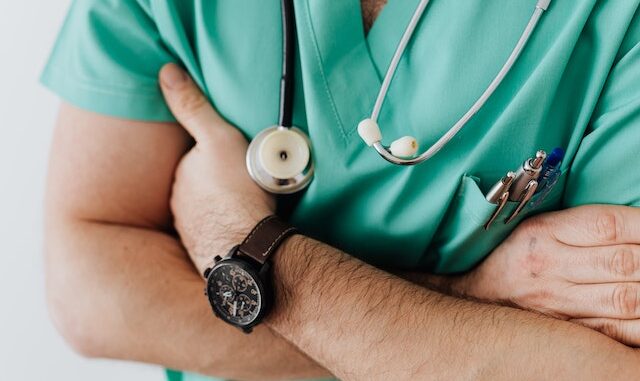
Patients with certain health conditions require support with day-to-day care at home. Home monitoring programs help to expand access to care. The rapid evolution of care methods has also led to the use of hospital-at-home care to improve outcomes. Monitoring patients from home involves designing a program to engage patients in their care. It is a way to help patients learn about their illnesses and how best to manage them. Today, health systems are increasingly adopting home monitoring programs to care for patients suffering from different conditions. These include chronic and acute conditions such as hypertension, diabetes, and COVID-19. Let us discuss how providers can monitor patients from home towards better outcomes.
Remote Patient Monitoring
What is remote patient monitoring? In simplest terms, remote patient monitoring (RPM) involves using connected electronic tools to record personal health data in one location that a caregiver analyses at a different location. RPM helps to treat chronic conditions such as diabetes and severe conditions. It makes it possible for clinicians to monitor patients between visits or in cases where in-person care is impossible. Clinicians rely on RPM for real-time observation of patients with conditions that need long-term care or short-term illnesses. The data collected during the observation is used to make adjustments for better care outcomes. RPM is especially beneficial for patients with ongoing care needs as it helps in continuous tracking.
RPM can also track patients’ post-surgery recovery once they are discharged to their homes. For instance, this has been done for people who have undertaken a cardiac procedure. The care team provides a patient kit that collects various biometric data such as blood pressure, heart rate, and oxygen levels. The team will then track this data to ensure that the patient recuperates as anticipated.
Providers can use RPM differently, but identifying a specific need is the first step when looking to establish a new program. The following steps will be creating a team, outlining goals, and designing the workflow. Another critical step will be to develop or implement a platform that will help a provider stay connected with patients. This will allow the flow of data between the two.
Use of At-Home Monitoring Devices
RPM programs rely on different at-home monitoring devices that exist out there. These devices are connected to the provider’s systems to ensure that data does not disappear into the void. Caregivers upload the data from these devices into their patient’s health records to get a holistic view of their overall health. When looking for monitoring devices, it is advisable for caregivers can get solutions that integrate with their current software.
Common examples of devices like pulse oximeters, weight scales, blood glucose monitors, and heart monitors help to observe, report and analyze patients’ conditions. Patients with asthma and other lung and chronic heart problems can use a pulse oximeter to make an informed care plan.
Diabetic patients can use continuous glucose monitors to understand the factors that affect their conditions. For example, the device can track how stress, diet, and exercise affect blood sugar levels. Smart blood pressure monitors allow patients to communicate blood pressure and oxygen levels to their caregivers. Patients can use this device to monitor and manage conditions such as hypertension and kidney dysfunction at home. Unlike a one-time view during a patient’s visit, day-to-day monitoring benefits patients with ongoing blood pressure since it gives a continuous report. By getting a consistent view of blood pressure across many days and locations, patients and caregivers understand situations that might increase blood pressure better.
Benefits of Monitoring your Patients from Home
Not only does RPM give caregivers access to more data, but it also gives patients more direct control of their health outcomes. Making it possible for patients to have continuous access to their health data gives them a better understanding of how their life choices may affect their medical issues. This encourages them to adopt healthier habits to improve their health. Consequently, improved health outcomes imply lower risks of potentially life-threatening conditions. Furthermore, RPM gives a medical practice a complete look at the patient’s health condition. It means that with RPM, more information is available to diagnose and care for patients.
Conclusion
With the need to achieve better health outcomes for patients with long-term illnesses or acute conditions, remote patient monitoring is becoming a must-have. Technology makes it possible to provide care to patients at a distance. Providers can use remote monitoring devices to offer better care plans and guide their patients toward better health outcomes. RPM provides a connected care model where patients are engaged and empowered to take charge of their outcomes.

Leave a Reply